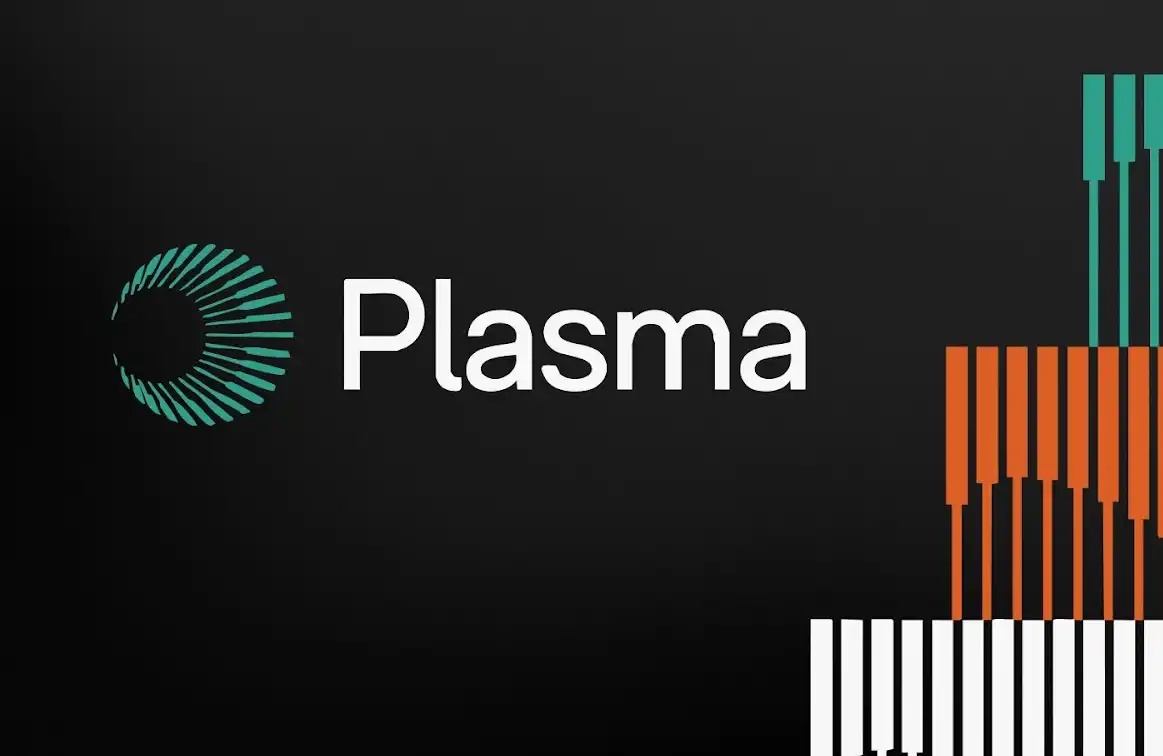Sort out Aave's native stablecoin GHO: Let DeFi reduce its dependence on USDC
Original title: "Can Aave's GHO stablecoin help the protocol further grow and overtake MakerDAO and DAI?"
Original author: TokenBrice
Original compilation: RR, refactoring
A few weeks ago, the concept of GHO Stablecoin was discussed in the Aave governance forum It was proposed on the Internet, which caused a wave of excitement throughout the DeFi space. In fact, the idea of a decentralized, collateral-backed, USD-pegged stablecoin native to Aave DAO makes a lot of sense as the next step for the protocol.
In this article, we will be considering how Aave DAO and its team will bring it to market and transform it into an As important as a Stablecoin is before doing research on its design. Of course, there is still very little information on this, so the second part of this article will mostly be extrapolated from my DeFi experience.

< h3>Introduction to Aave's Native Stablecoin GHO
Since its inception, one of Aave's main challenges has been attracting sufficient Stablecoin deposits, Because it is the first choice of most borrowers. Therefore, creating a DAO-native stablecoin is a natural next step, which should also lower costs for borrowers. Since this Stablecoin is minted, there is no need to pay another party's depositor's APR.
So let's dig into the main features of the GHO as presented on the Governance Forum.
Overcollateralized Stablecoin Pegged to USD
p>
GHO will be an over-collateralized Stablecoin minted using aTokens as collateral. So in a sense it's similar to MakerDAO, but more efficient because all the collateral will be productive assets that generate some interest - depending on their borrowing needs.
Regarding the naming, it is interesting that Aave does not include "USD" in its name. Given how tough U.S. regulators are, this could be a net gain from a legal standpoint. That doesn't appear to be the only reason for the decision though, as Aave's founder Stani hinted at the possibility of future peg swaps:
References to currencies are limited in the long run, you may want to swap pegs from one underlying asset to another (for various reasons), or track other assets, while in The peg to the U.S. dollar in stock trading will be a limiting factor.
Interest model and stkAAVE discount
GHO's interest rate model is currently its most impressive component because, like Maker, the rate envisioned in the original post is directly determined by the Aave DAO. However, this would be inefficient and add unnecessary bloat to governance.
Feedback from the community will determine where it goes. Nonetheless, I sincerely hope that Aave's final decision can be based on a model where the interest rate is algorithmically determined by market conditions, just like Aave's other tokens, the supply and demand relationship in the capital pool determines the interest rate.
If the Aave community considers it necessary to involve the DAO in determining the interest rate - this is an absurd approach in my opinion, because DAOs are definitely not suitable for managing the operating parameters of a system - then one can imagine a hybrid model, where the DAO votes on a fixed base rate and adjusts it within a certain range according to market conditions.
In fact, like how the baseRate on Liquity protects LUSD from depegging downwards, making the rate dynamic helps to pass Preventing mass minting events to protect the GHO's peg. Fees start at 0.5%, rise when demand spikes, and gradually decrease to 0.5% as demand stabilizes.
This article also mentions a discount for GHO borrowers to pledge AAVE Token, which creates further synergy. Finally, the interest rate paid by depositors will go to Aave DAO 100% (while most other tokens have a reserve factor of around 10%), which means that if GHO grows to a sizable market cap, it could become a goldmine for the DAO. If AaveDAO had a market cap similar to DAI and had an average interest rate of 3.5%, AaveDAO would be funding nearly $150,000 per day from the GHO rate.
Here are some quick calculations under different GHO market capitalization and interest rate assumptions:
< br>

Reference:
1.GHO market value: FRAX current supply is 1.5 billion, DAI supply is 6.6 billion, USDC is 52 billion
2. GHO average interest rate: 1% will be very competitive, 3.5% is at the high end of usual interest rates
Movers and RWA
GHO's design envisions "Movers" governed by Aave, which Will be able to cast GHO. The first mover will be the Aave protocol itself, but others, both protocols and entities, will follow suit. This part is exciting because it broadly opens up the GHO design space. After launch, we could see other protocols applying to be enablers and building on top of Aave and GHO.

< p>It also explicitly mentions undercollateralized positions based on credentials such as credit scores. Each facilitator will have the maximum GHO minting power determined by the DAO.
“Decentralization” and lack of censorship resistance
The Aave team describes GHO as a decentralized stablecoin and even mentions something censorship resistant. However, it is not directly relevant to the GHO:
With further integration of cryptoassets with non-crypto-native users, the use of Stablecoins The volume will only continue to grow. Decentralized Stablecoins provide censorship-resistant fiat-denominated currencies on the blockchain. To introduce, GHO is a fully supported decentralized multi-collateralized stablecoin native to the Aave protocol.
Unless I misunderstand its design, GHO willlike DAI" decentralized", and less censorship-resistant due to the composition of its collateral. In fact, assuming that all aTokens that can be borrowed on Aave as collateral will also be used to borrow GHO, the collateral composition of GHO will mainly consist of reviewable tokens such as USDC:

Image source: DeFiLlama
In fact, excluding stETH, which is used as collateral to leverage ETH staking returns, USDC is the most used top collateral on Aave, followed by Another trusted Token wBTC. Nevertheless, its collateral composition is much better than DAI, which is backed by over 50% USDC.

Note: 75% of DAI is not anti-censorship< /blockquote>
GHO enters the market: what will Aave look like with GHO?
Now that GHO has been explained, we can go into more speculative territory and consider that the release of GHO will How it unfolds in practice.
In fact, the interaction between the Aave protocol and GHO is very exciting: although the original post mentioned Aave x GHO, and enabling eMode on GHO (enabling significant leverage on selected pairs like USDC/DAI), but details about it are very sparse, so let me share my vision.
aGHO is an attractive collateral for Aave, but it could also generate significant reflexive risk. Therefore, I would like aGHO to be prevented from minting GHO to prevent the reflexive support we are currently seeing on DAI.
However, this will lead to exciting Stablecoin arbitrage cycles such as aUSDC > Mint GHO > aGHO > Another stablecoin. With eMode, this will make Aave & GHO a very efficient Stablecoin arbitrage protocol. Additionally, the GHO rate will become a "base Stablecoin rate," which may help control rates on other stablecoins like USDC.
GHO’s liquidity strategy
Another critical and necessary part of any Stablecoin design is its liquidity strategy. Since CRV, CVX, and BAL are accepted as collateral on Aave, exciting things could happen with treasury accumulating CRV, CVX, and BAL due to the reserve factor. Locking them into its native protocol will allow Aave DAO to direct incentives into GHO-related pools.
Note: There are 616,000 CRV in the AAVE vault
Like Frax is currently breaking away from USDT and DAI and trying to build Frax Basepool (Frax /USDC) as As with other stablecoin pairings on Curve, we can expect a similar move from Aave. Additionally, many projects currently tied to USDC and DAI are looking to decentralize their liquidity. The arrival of GHO could be the perfect time to enable DeFi to reduce its reliance on USDC.
However, while Frax controls considerable governance and voting power in the curve wars, the same is not true of Aave DAO. The current treasury CRV/CVX balance is obviously not enough to incentivize the growth of the capital pool to a size of $1 billion, so it may push AaveDAO to seek more liquidity incentive-driven tokens. Since the DAO will earn substantial income from the GHO's interest rate, the DAO should have sufficient means to support proper liquidity regardless of the market cap of the GHO.
Finally, Aave has historically been close to Balancer, since transitioning to AAVE Token, used 80% in security modules Aave / 20% wETH Balancer Pool. Khazanah currently holds 200,000 BAL and plans to make another acquisition. So we can look forward to the wonderful performance of GHO on Balancer. However, Curve is still king when it comes to Stablecoins: I don't think Aave will be able to increase GHO's liquidity enough without getting involved in the CRV wars in some way. (For more information on Aave, please go to Allrecord to read)
In the basic agreement incentive mechanism (such as dynamic or DAO-managed borrowing rate) and Outside of the liquidation mechanism, the liquidity strategy is probably one of the most critical elements of a Stablecoin, as it also affects how well the peg is maintained.
Conclusion
< /p>
I hope this article helps you better understand what is at stake in the Stablecoin wars. The end of the year will be interesting as Curve’s Stablecoin is also overcollateralized as the GHO launch looms, with word that the GHO will be released before the end of the year. The multiplication of stablecoins is a natural next step for DeFi, as most established protocols see their designs converge:
· Frax started out as a Stablecoin, now with FraxSwap, and soon there will be FraxLend.
· Aave started out as a money market, which soon had its own Stablecoin.
· Curve started out as a DEX, but after adding its own Stablecoin, it will soon be available for liquidity providers effective borrowing.
In short, as I said earlier As a quick calculation of .
Original link
Welcome to join the official BlockBeats community:
Telegram Subscription Group: https://t.me/theblockbeats
Telegram Discussion Group: https://t.me/BlockBeats_App
Official Twitter Account: https://twitter.com/BlockBeatsAsia


 Forum
Forum Finance
Finance
 Specials
Specials
 On-chain Eco
On-chain Eco
 Entry
Entry
 Podcasts
Podcasts
 Activities
Activities
 OPRR
OPRR









